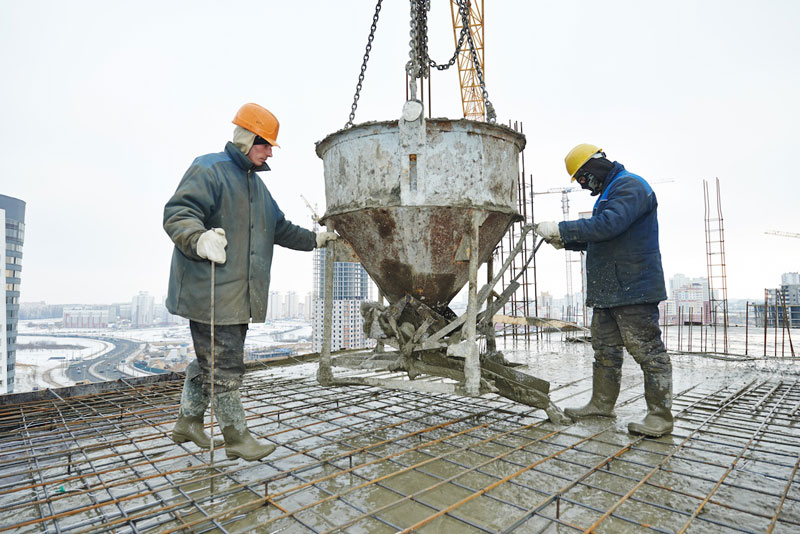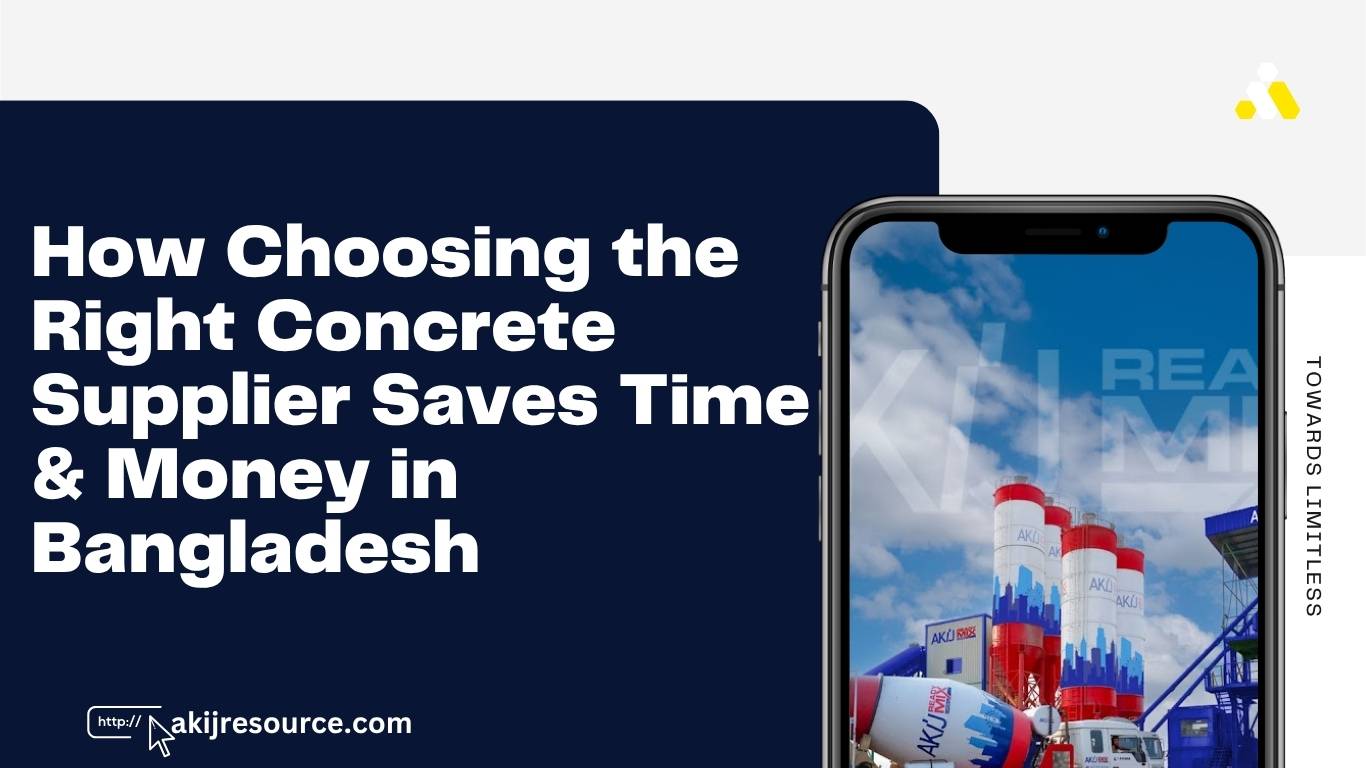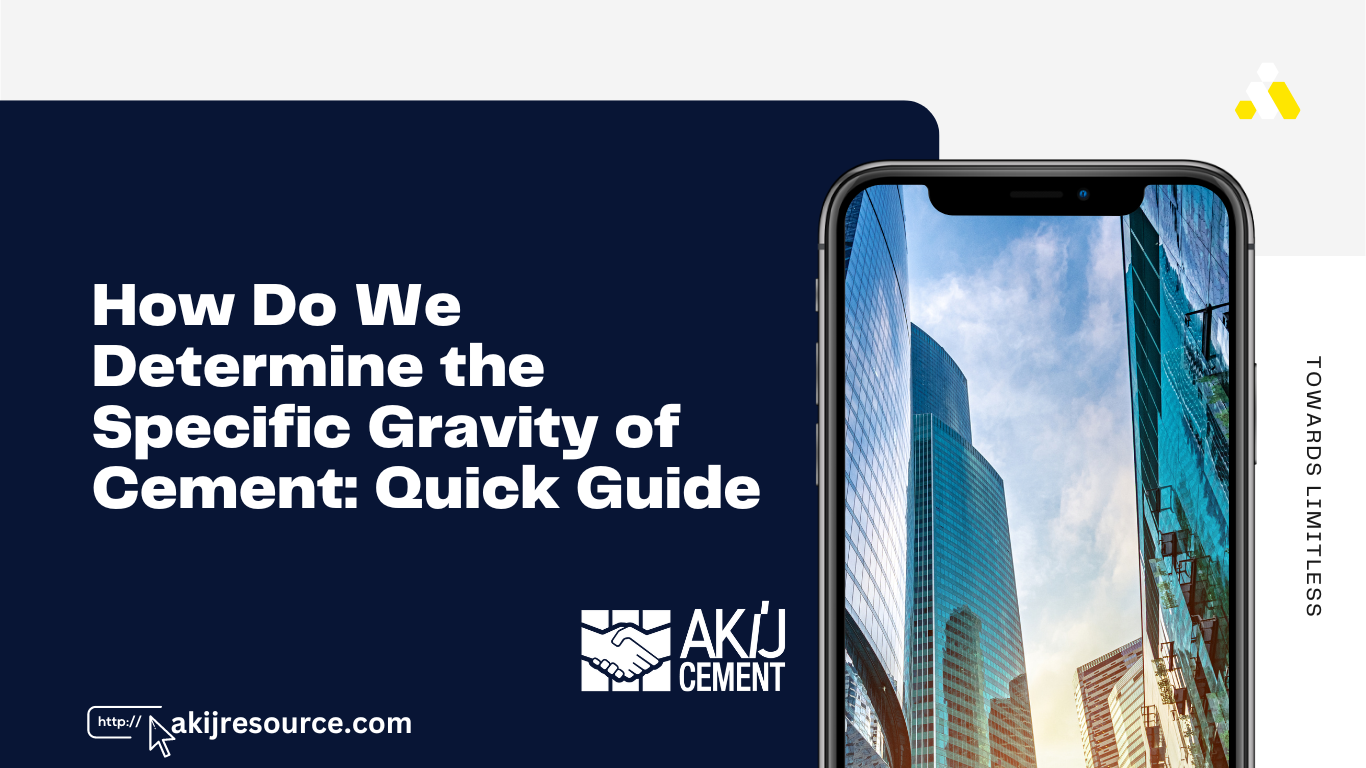Graphene-infused TMT rebar offers enhanced strength and durability. It merges cutting-edge nanotechnology with traditional construction materials.
Graphene-infused TMT (Thermo Mechanically Treated) rebar represents a significant advancement in construction material technology, promising to transform building standards. By integrating graphene, a material renowned for its exceptional strength and electrical conductivity, into steel rebar, the resulting composite boasts increased tensile strength, resistance to corrosion, and overall longevity.
This innovation not only improves the structural integrity of buildings and infrastructure but also extends their lifespan, which is a critical factor in sustainable construction practices. As the construction industry seeks more resilient and sustainable materials, the introduction of graphene-infused TMT rebar could lead to safer, more durable structures around the world. With its potential to reduce maintenance costs and enhance safety, this material is quickly gaining attention from engineers and architects seeking to push the boundaries of modern construction.
Introduction to Graphene-infused TMT Rebar
Building strong structures demands advanced materials. Graphene-infused TMT rebar is a game-changer. It makes buildings safer and lasts longer. This rebar is not just metal. It’s metal made stronger with graphene. Graphene is a super material. It is very thin but very strong. Adding graphene to TMT rebar makes it incredibly strong.
The Rise Of Advanced Building Materials
- Stronger buildings need better materials.
- Graphene makes materials strong and light.
- This rebar is a new step in building technology.
What Sets Graphene-infused TMT Rebar Apart
What makes this rebar special? It’s all about the graphene. Here’s why:
| Feature | Benefit |
|---|---|
| Strength | Makes buildings very strong. |
| Lightweight | Easy to use and transport. |
| Durability | Lasts a long time. |

Credit: www.tandfonline.com
Properties Of Graphene
Graphene is a wonder material with remarkable properties. It’s a single layer of carbon atoms. These atoms are tightly bound in a hexagonal honeycomb lattice. Graphene has gained attention in various industries. This includes the construction sector, especially in reinforcing bars (rebars).
Strength At The Atomic Level
Graphene’s strength is legendary. It is stronger than steel. This strength comes from its atomic arrangement. Each atom shares a bond with three neighbors. This creates a robust structure. Graphene-infused TMT rebars benefit from this property. These rebars gain improved tensile strength. This makes them ideal for modern construction demands.
Conductivity And Durability
Graphene excels in conductivity. It efficiently conducts heat and electricity. This property is useful in preventing corrosion. Corrosion can weaken rebars over time. Graphene-infused rebars resist such degradation. This ensures long-term durability. Buildings and structures stand stronger for longer.
| Property | Benefit |
|---|---|
| High Strength | Increases load-bearing capacity |
| Conductivity | Reduces corrosion risk |
| Durability | Extends structure lifespan |
Graphene’s unique properties make it a game-changer. It transforms TMT rebars into superior construction materials. These rebars are strong, conductive, and durable. They promise to revolutionize the construction industry. Graphene-infused TMT rebars are here to stay.
Tmt Rebar Basics
Thermo Mechanically Treated (TMT) Rebars are a construction game changer. These rebars are made from high-strength steel. They support structures like buildings and bridges.
Traditional Rebar In Construction
Rebars, or reinforcement bars, strengthen concrete. Concrete is strong under compression but weak in tension. Steel rebars fix this issue. They are essential in modern construction.
Benefits Of TMT Processing
TMT rebars boast many benefits. They resist corrosion and withstand high temperatures. Their unique process includes rapid quenching and tempering. This creates a tough outer layer with a soft core.
- High Strength: TMT rebars are stronger than traditional rebars.
- Durability: They last longer, reducing maintenance costs.
- Flexibility: These rebars bend easily, ideal for different designs.
- Earthquake Resistance: The flexible core helps buildings survive earthquakes.
Infusing Graphene Into TMT Rebar
Graphene-infused TMT rebar marks a revolution in construction. This new technology blends the strength of traditional steel with the advanced properties of graphene. Let’s dive into how this infusion process happens and its impact on rebar performance.
The Infusion Process
Creating graphene-infused TMT rebar involves a precise method. First, manufacturers mix graphene nanoparticles into molten steel. This mixture ensures even distribution of graphene throughout the rebar. The result is a stronger, more durable product.
Impact On Rebar Performance
Graphene makes TMT rebar incredibly strong and resistant to corrosion. Buildings and bridges benefit from this enhanced durability. The material’s improved qualities also mean structures can last longer with less maintenance. It’s a game-changer for the industry.
Advantages In Construction
The advantages in construction of using graphene-infused TMT rebar are numerous. This innovative material is transforming the building industry. With its outstanding properties, it offers enhanced performance and longevity. Let’s explore the key benefits that make it a superior choice for construction.
Enhanced Structural Integrity
Graphene-infused TMT rebar significantly boosts a structure’s strength. This advanced material provides higher tensile strength than traditional steel. As a result, buildings can withstand more stress and load. Builders can also use less rebar, reducing construction weight and costs.
- Greater load-bearing capacity leads to safer buildings.
- Reduced material quantity lowers project expenses.
- Improved resistance to cracks and damage enhances durability.
Longevity And Sustainability
Graphene-infused TMT rebar offers a longer lifespan for structures. This rebar is more resistant to corrosion than traditional rebar. It reduces the need for repairs and replacements. The use of graphene also makes the rebar more eco-friendly.
| Feature | Benefit |
|---|---|
| Corrosion Resistance | Extends the life of structures |
| Eco-friendly Material | Reduces environmental impact |
| Less Maintenance | Lowers long-term costs |

Credit: constrofacilitator.com
Case Studies
Case Studies on Graphene-Infused TMT Rebar show its power. These studies highlight how this innovative rebar outperforms standard options in construction. We explore real-world applications and conduct a comparative analysis. Furthermore, the case studies also shed light on tmt rebar sustainability, showcasing how the graphene-infused TMT rebar has a longer lifespan and higher durability, resulting in reduced maintenance and replacement costs. The use of this advanced material not only improves structural integrity but also contributes to environmental sustainability by minimizing the need for frequent replacements and repairs. Overall, the case studies provide valuable insights into the superior performance and sustainability of graphene-infused TMT rebar in construction projects.
Real-world Applications
- Bridge Construction: A bridge in California now lasts longer. It uses graphene-infused TMT rebar. This rebar resists rust better than old types.
- High-rise Buildings: In Dubai, a new skyscraper stands tall. It is stronger because of this advanced rebar. The building can now withstand harsh winds.
- Public Infrastructure: A parking garage in Tokyo shows no cracks. Graphene rebar makes it more durable. It holds more cars without damage.
Comparative Analysis With Standard Rebar
| Feature | Graphene-Infused TMT Rebar | Standard Rebar |
|---|---|---|
| Tensile Strength | Increases by 20% | Standard |
| Corrosion Resistance | High | Low |
| Longevity | Extends life by 50 years | Usual lifespan |
| Cost-effectiveness | More upfront, less over time | Less upfront, more over time |
These case studies prove graphene rebar’s worth. It makes buildings stronger and last longer. It is a smart choice for new projects.
Challenges And Solutions
Exploring the world of construction, we find innovation in the form of Graphene-Infused TMT Rebar. This material promises enhanced strength and durability. Yet, its path to widespread use is not without challenges. Let’s delve into the obstacles faced and the solutions that pave the way for this futuristic building material.
Cost And Production Hurdles
Graphene-Infused TMT Rebar presents cost and production complexities. High-quality graphene is expensive. Its integration into TMT Rebar requires advanced technology. This increases overall production costs.
Solutions involve research and development. Economies of scale can reduce costs. Partnerships with research institutions can foster innovation. These steps help make Graphene-Infused TMT Rebar more affordable.
Overcoming Adoption Barriers
The construction industry can be slow to adopt new materials. Skepticism and lack of awareness create barriers. Builders and contractors need to trust the material’s benefits.
- Educational campaigns inform the industry.
- Demonstration projects showcase benefits.
- Regulatory approvals provide assurance.
These actions encourage the adoption of Graphene-Infused TMT Rebar in construction projects.
Future Of Construction Materials
The future of construction materials is bright with innovation. Cutting-edge technologies promise stronger, more sustainable buildings. One such breakthrough is graphene-infused TMT rebar. This new material could transform how we build.
Innovations On The Horizon
Construction evolves rapidly. Graphene-infused TMT rebar is a game-changer. It offers remarkable strength and durability. This rebar resists corrosion better than traditional steel. It also withstands earthquakes and harsh weather.
- Increased tensile strength – Graphene makes rebar much stronger.
- Corrosion resistance – Buildings last longer, with less repair needed.
- Improved conductivity – This can protect structures from lightning.
Predicting Industry Shifts
Experts predict big changes in construction. Graphene-infused rebar will lead this shift. Its benefits push it to the forefront. Builders seek sustainable, cost-effective options. This rebar meets both criteria.
| Material | Benefits | Impact |
|---|---|---|
| Graphene-infused TMT rebar | Eco-friendly, strong, durable | Less maintenance, longer lifespan |
Adoption may take time. Costs are high, but they will decrease. As production scales up, more builders will switch. This means safer, greener buildings for everyone.

Credit: www.linkedin.com
Frequently Asked Questions
What Are The Disadvantages Of Graphene Concrete?
Graphene concrete’s disadvantages include high cost, limited availability, and potential environmental impact during production. It also requires advanced technology for manufacturing, which may not be accessible everywhere.
Can You Mix Graphene And Steel?
Yes, you can mix graphene with steel. This combination enhances steel’s strength and durability, making it lighter and more resistant to corrosion. Researchers are exploring this blend for advanced, high-performance materials.
What Is Graphene Infused?
Graphene-infused products contain graphene, a strong, flexible, and conductive carbon material, enhancing their performance and durability.
Why Is Graphene Not Used Today?
Graphene isn’t widely used today due to its high production costs and complex manufacturing processes that hinder mass-market adoption.
Conclusion
Graphene-infused TMT rebar represents a significant advancement in construction materials. By leveraging the strength and flexibility of graphene, these rebars promise enhanced durability and longevity for structures. They offer a cost-effective solution, ensuring safety and sustainability. Embracing this innovation could redefine building standards globally, making it a smart choice for future projects.






















